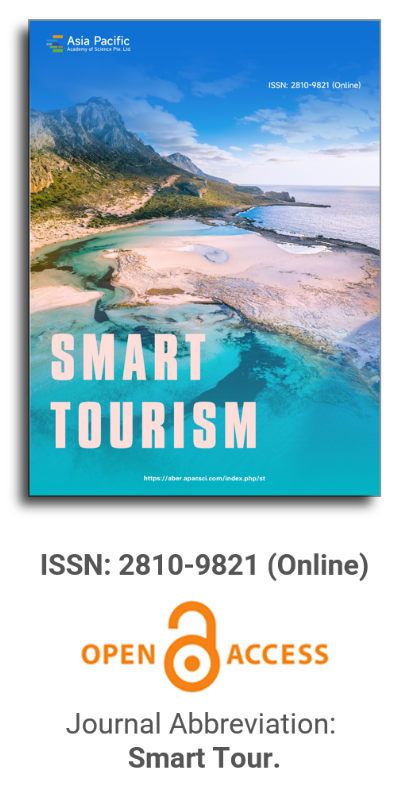


Research on the application behavior of smart tourism of tourists in the context of pandemic prevention and control
Vol 3, Issue 2, 2022
Download PDF
Abstract
The outbreak of the COVID-19 has severely damaged the tourism industry. However, smart tourism has become a new support for the development of the current tourism industry by virtue of its advantages in epidemic prevention and control and tourism format innovation. Tourists are the core of smart tourism services. Therefore, based on UTAUT theory, this paper discusses the application behavior of tourists’ smart tourism during the epidemic. The factors that affect the application willingness of tourists’ smart tourism are perceived security, effort expectation, performance expectation and social impact. The impact of the epidemic has a positive effect on the social impact and performance expectation, which makes more people familiar with, affirm and promote smart tourism, thus enabling the transformation, upgrading and development of the tourism industry, making rational tourism planning.
Keywords
References
Refbacks
- There are currently no refbacks.
Copyright (c) 2022 Wenlong Bian, Lijun Zhou
License URL: https://creativecommons.org/licenses/by/4.0

This site is licensed under a Creative Commons Attribution 4.0 International License (CC BY 4.0).

Prof. Hung-Che Wu
Nanfang College, Guangzhou
China
Indexing & Archiving
Asia Pacific Academy of Science Pte. Ltd. (APACSCI) specializes in international journal publishing. APACSCI adopts the open access publishing model and provides an important communication bridge for academic groups whose interest fields include engineering, technology, medicine, computer, mathematics, agriculture and forestry, and environment.



.jpg)
.jpg)

.jpg)

